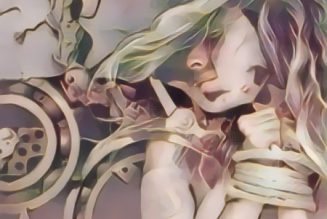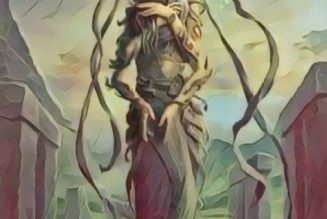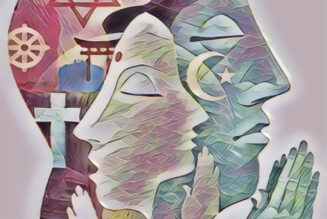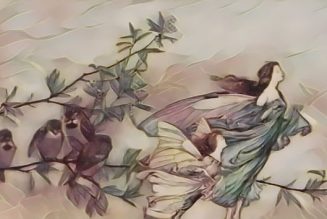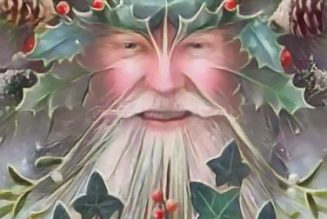Witches garters are special bands or cords believed to hold magical power. They have a long history and are still used today in Witchcraft rituals. In some covens, they also show a person’s rank.
The tradition of using garters in rituals goes back thousands of years. For example, a cave painting from ancient Spain shows nine women with pointed hats dancing in a circle around a man. The man has cords or garters tied below each knee.
Garters are important in folklore and folk magic. The color of a garter can give it a special meaning or magical effect.
Green garters are linked to fairies and the legendary Robin Hood. Morris dancers also wear green garters, and there is even a traditional dance tune called “Green Garters.”
Red garters are thought to protect against harmful magic or bewitchment. Many people use them as a shield in magical practices.
Silver garters are connected to the Moon. They represent lunar energy, which is believed to help with magic and intuition.
During the witch trials, garters—sometimes called “points”—were often linked to the Devil. People accused of witchcraft sometimes described the Devil as wearing garters. For example, in 1633, Margaret Johnson from Lancashire described seeing “a spirit or devil in the form of a man, dressed in black, tied about with silk points.”
Some researchers, like British anthropologist Margaret A. Murray, suggested that garters were a secret sign among witches in medieval times. However, there is no strong evidence that witches were widely organized in this way.
In Wicca, the garter is a symbol of honor. It shows that someone is a high priestess and holds a respected place in the community.
Garters can be made from green snakeskin, leather, or rich fabrics like green or blue velvet. They are often decorated with a silver buckle.
These garters are more than just decorations. They are powerful symbols of protection, strength, and a connection to the magical world. They remind us of the deep history and traditions that shape modern Witchcraft.















